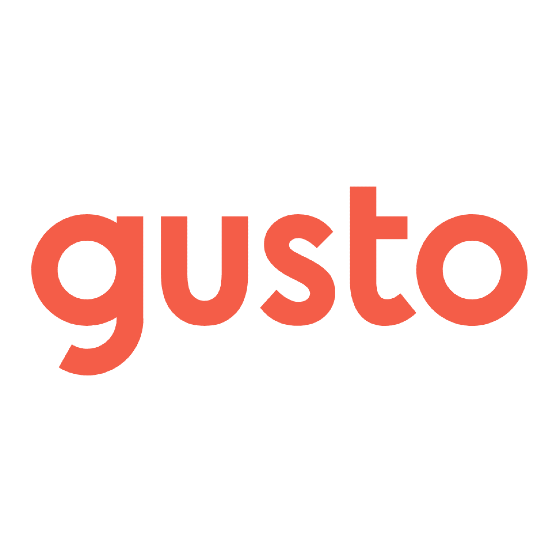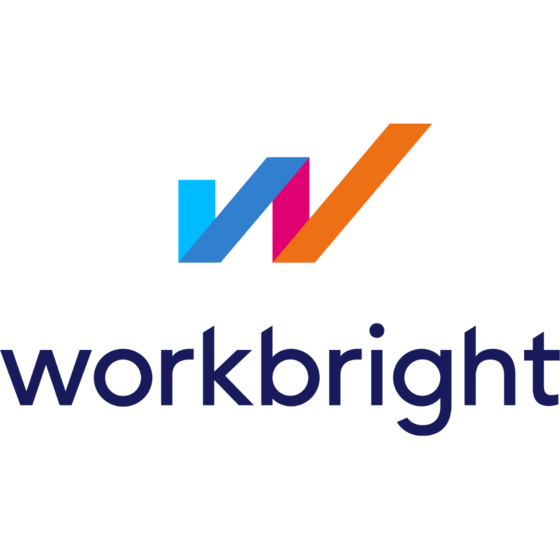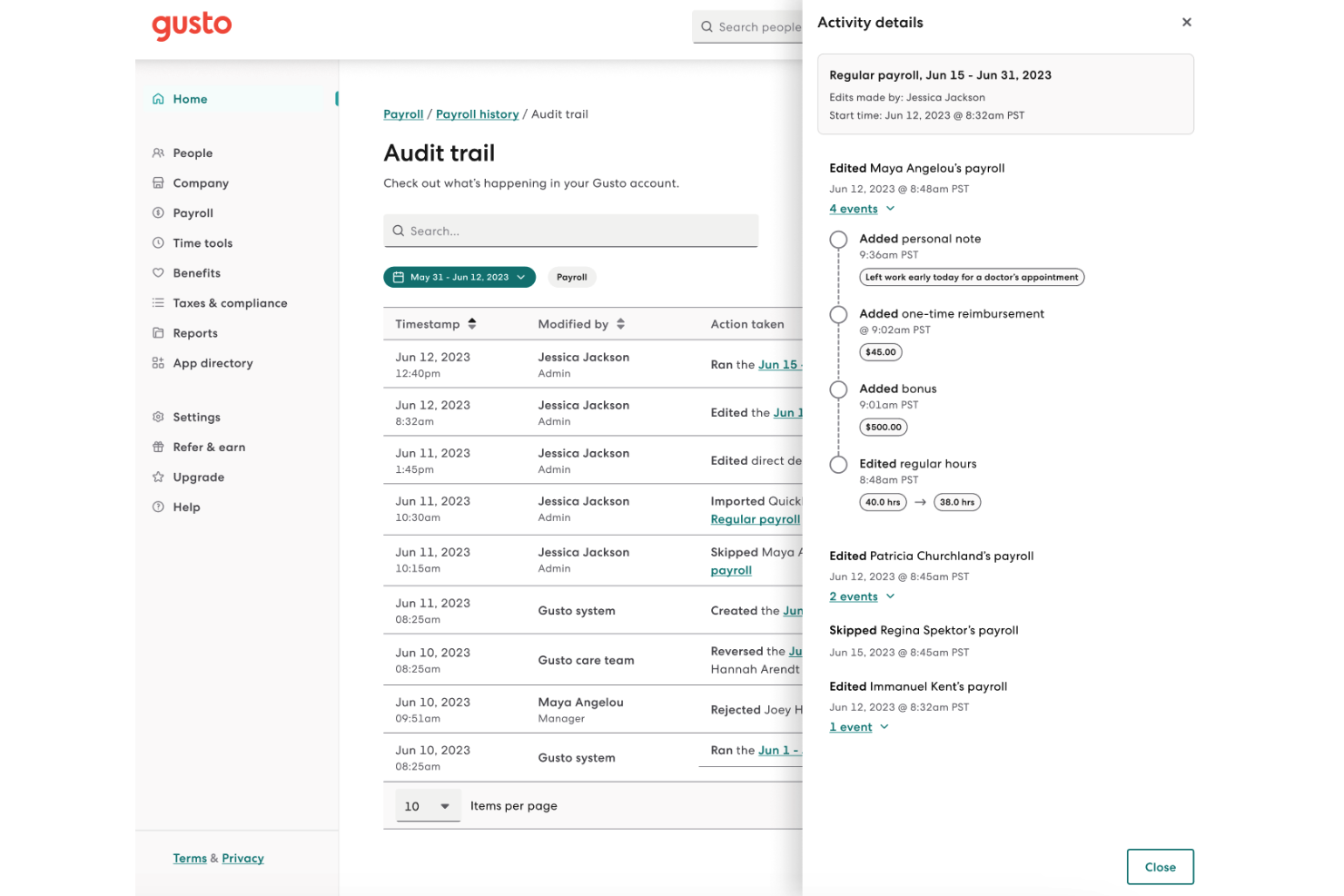

Gusto vs. WorkBright: Comparison & Expert Reviews For 2025
Gusto vs. WorkBright is a common comparison for teams looking to streamline hiring and HR workflows—but these two tools serve different needs. Gusto offers an all-in-one platform that handles onboarding, payroll, and core HR tasks, making it a great fit for businesses that want a full-service HR solution. WorkBright, by contrast, focuses on fast, mobile-friendly onboarding with powerful document management features tailored to remote and high-volume hiring environments.
In this article, you'll find a detailed comparison of these tools, exploring their features, pros and cons, ideal use cases, and more about onboarding software.
Gusto vs. WorkBright: An Overview
WorkBright
Visit WorkBrightOpens new windowWhy Trust Our Software Reviews
Gusto vs. WorkBright Pricing Comparison
| Gusto | WorkBright | |
|---|---|---|
| Free Trial | Free demo available | Free demo available |
| Pricing | From $40/month + $6/user/month | Pricing upon request |
Get free help from our project management software advisors to find your match.
Get Expert AdviceOpens new windowGusto vs. WorkBright Pricing & Hidden Costs
Gusto pricing is structured around a monthly subscription model that includes a base fee plus a per-employee cost, with potential additional charges for specific features like health benefits or retirement plans. WorkBright pricing, on the other hand, typically involves a tiered subscription model where costs may vary based on the number of employees and additional features like advanced document management or integrations.
To choose the right pricing for your HR needs, evaluate the specific features your team requires and consider how these align with each tool's pricing structure. Assess the total cost of ownership by factoring in any extra charges for additional services or features, ensuring you select a vendor that fits both your functional needs and budgetary constraints.
Gusto vs. WorkBright Feature Comparison
With Gusto’s payroll integration, you can efficiently manage payroll while handling onboarding, which is great for small teams needing a comprehensive HR solution. WorkBright’s mobile-friendly document management is ideal for remote teams that require quick, paperless onboarding. While Gusto supports HR tasks with integrated payroll, WorkBright excels in simplifying remote onboarding processes.
| Gusto | WorkBright | |
|---|---|---|
| 360 Degree Feedback | ||
| API | ||
| Application Tracking | ||
| Approval Workflows | ||
| Attendance Tracking | ||
| Batch Permissions & Access | ||
| Budgeting | ||
| Calendar Management | ||
| Compliance Tracking | ||
| Dashboard | ||
| Data Export | ||
| Data Import | ||
| Data Visualization | ||
| Email Integration | ||
| Employee Database | ||
| Employee Engagement | ||
| Employee Incentive Management | ||
| Employee Onboarding | ||
| Employee Training | ||
| Expense Tracking | ||
| External Integrations | ||
| Feedback Management | ||
| Forecasting | ||
| Gamification | ||
| Google Apps Integration | ||
| Multi-Currency | ||
| Multi-User | ||
| Notifications | ||
| Onboarding | ||
| Password & Access Management | ||
| Payroll | ||
| Scheduling | ||
| Tax Management | ||
| Time Management | ||
| Timesheets | ||
| Travel Management | ||
| Vacation & Absence Calendar | ||
| Video Courses |
Get free help from our project management software advisors to find your match.
Get Expert AdviceOpens new windowGusto vs. WorkBright Integrations
| Integration | Gusto | WorkBright |
| QuickBooks | ✅ | ❌ |
| Xero | ✅ | ❌ |
| Slack | ✅ | ✅ |
| Microsoft Teams | ✅ | ❌ |
| Google Workspace | ✅ | ❌ |
| DocuSign | ❌ | ✅ |
| Dropbox | ❌ | ✅ |
| Trello | ❌ | ✅ |
| Greenhouse | ✅ | ❌ |
| Lever | ❌ | ✅ |
| API | ✅ | ✅ |
| Zapier | ✅ | ✅ |
Gusto's integration with QuickBooks lets you handle payroll and accounting tasks efficiently, which is perfect for small businesses that need to streamline financial processes. WorkBright's integration with DocuSign is great for ensuring compliance and ease of signing documents remotely, especially valuable for teams working in different locations.
While Gusto simplifies financial management, WorkBright excels in remote document handling.
Gusto vs. WorkBright Security, Compliance & Reliability
| Factor | Gusto | WorkBright |
| Data Encryption | Gusto uses AES-256 encryption to protect sensitive employee data. | WorkBright employs SSL encryption to secure data during transmission. |
| Regulatory Compliance | Gusto complies with IRS and ACA regulations, ensuring accurate tax filing. | WorkBright is SOC 2 compliant, focusing on trust and privacy standards. |
| Data Privacy | Gusto offers role-based access controls to manage who sees what data. | WorkBright provides user access controls to protect sensitive information. |
| Backup & Recovery | Gusto maintains regular backups and has a disaster recovery plan. | WorkBright ensures data redundancy and regular system backups. |
Gusto focuses on comprehensive compliance and encryption, while WorkBright emphasizes privacy and trust. When evaluating security and compliance, focus on specific needs like encryption standards and regulatory compliance, and review each vendor's policies to see how they align with your team's priorities.
Gusto vs. WorkBright Ease of Use
| Factor | Gusto | WorkBright |
| User Interface | Gusto offers a clean and intuitive dashboard that simplifies navigation. | WorkBright provides a straightforward interface with quick access to key features. |
| Onboarding Experience | Gusto guides you step-by-step through the onboarding process, reducing errors. | WorkBright allows for swift document uploads and approvals, speeding up onboarding. |
| Setup | Gusto requires minimal setup with guided instructions for new users. | WorkBright offers easy setup with clear instructions and minimal hassle. |
| Support | Gusto provides live chat and email support for resolving issues quickly. | WorkBright offers responsive customer support with a focus on user satisfaction. |
Gusto is great for those who want a user-friendly interface and guided onboarding, but it can be challenging when integrating with other systems. WorkBright excels in fast document handling and support, though its interface might feel too basic for advanced needs.
Gusto vs WorkBright: Pros & Cons
Gusto
- It has an intuitive interface that is simple to use even without prior payroll management experience.
- It offers an employee self-service module to help staff view pay stubs and tax documents, and update personal information.
- Monthly charges for health insurance and 401(k) retirement plan contributions are synced directly with payroll.
- It lacks advanced and customizable reporting features found in other payroll software.
- No built-in time trackingm so a separate system is required.
- Customer support response times can sometimes be inconsistent.
WorkBright
- Digital document management reduces paperwork and saves time.
- User-friendly layout enables common onboarding steps with minimal clicks.
- Mobile-optimized platform makes remote onboarding easier to manage.
- Initial setup may take time for teams with more specialized onboarding processes.
- Reporting features may not offer the depth some HR teams require.
- Limited advanced customization options compared to more complex platforms.
Best Use Cases for Gusto and WorkBright
Gusto
- Small businesses Gusto provides an affordable, user-friendly payroll solution with solid customer support that is ideal for small businesses.
- Startups With its simple pricing model, modern user interface, and useful HR tools, Gusto is a great choice for tech-savvy startups that need to get payroll up and running quickly.
- Restaurants Gusto offers restaurant-specific features to facilitate tip pooling, distribution, and automated reporting. This makes it one of the top payroll options for food service businesses.
- Nonprofits Gusto waives the base fee for the first 10 employees, which makes it an economical payroll choice for budget-conscious nonprofits.
- Professional Services Gusto is a good fit for many professional services firms due to its automatic tax filing and support for multiple pay rates and schedules.
- Household Employers Gusto’s payroll option also handles W-2s and 1099s for those who employ nannies, housekeepers, and other household workers.
WorkBright
- Retail Industry Fast-paced environments with frequent hiring benefit from Workbright's efficient onboarding tools.
- Hospitality Sector Helps teams manage high employee turnover with simplified document workflows.
- Remote Teams New hires can complete onboarding tasks from anywhere, eliminating the need for in-person assistance.
- HR Departments Reduces manual tasks and centralizes compliance-related documents.
- Small Businesses Offers the core features most smaller teams need, without complex setup.
- Seasonal Hiring Quick setup and mobile access make it easier to bring on short-term employees.
Get free help from our project management software advisors to find your match.
Get Expert AdviceOpens new windowWho Should Use Gusto vs. WorkBright?
I believe Gusto is most suitable for small to mid-sized businesses that need an all-in-one HR solution with payroll and benefits management. From my perspective, Gusto fits teams looking for a user-friendly platform with comprehensive HR functionalities.
On the other hand, I see WorkBright as ideal for remote teams and industries that require quick, paperless onboarding with an emphasis on document management. In my opinion, WorkBright suits organizations prioritizing mobile accessibility and efficient remote onboarding processes.
Differences Between Gusto and WorkBright
Gusto offers a full-service HR and payroll suite, while WorkBright focuses exclusively on onboarding and document collection.
| Gusto | WorkBright | |
|---|---|---|
| Automation | Gusto automates payroll and tax filings for efficiency. | WorkBright streamlines document approvals and onboarding steps. |
| Core Features | Gusto combines payroll, benefits, and HR tools in one platform. | WorkBright focuses on mobile-friendly onboarding and document management. |
| Integrations | Gusto integrates with accounting tools like QuickBooks and Xero. | WorkBright connects with document tools like DocuSign and Dropbox. |
| Pricing | Gusto uses a subscription with a base fee and per-employee cost. | WorkBright offers tiered pricing based on features and employee count. |
| User Interface | Gusto provides a clean, intuitive dashboard for easy navigation. | WorkBright has a straightforward interface focused on quick access. |
| Read Gusto ReviewOpens new window | Visit WorkBrightOpens new window |
Similarities Between Gusto and WorkBright
Both platforms aim to streamline the employee onboarding experience by reducing manual paperwork and ensuring compliance.
| Compliance | Each platform helps you meet compliance needs, with Gusto ensuring tax accuracy and WorkBright focusing on privacy standards. |
|---|---|
| Customer Support | Both provide responsive support, with Gusto offering live chat and WorkBright emphasizing user satisfaction. |
| Integrations | Both tools connect with other software, allowing you to tailor integrations to your business needs, like accounting for Gusto and document management for WorkBright. |
| Mobile Usability | Gusto and WorkBright offer mobile-friendly solutions, making it easy for your team to access information on the go. |
| Onboarding | Both Gusto and WorkBright streamline the onboarding process, with Gusto integrating HR tasks and WorkBright focusing on document efficiency. |
| Read Gusto ReviewOpens new window Visit WorkBrightOpens new window | |









